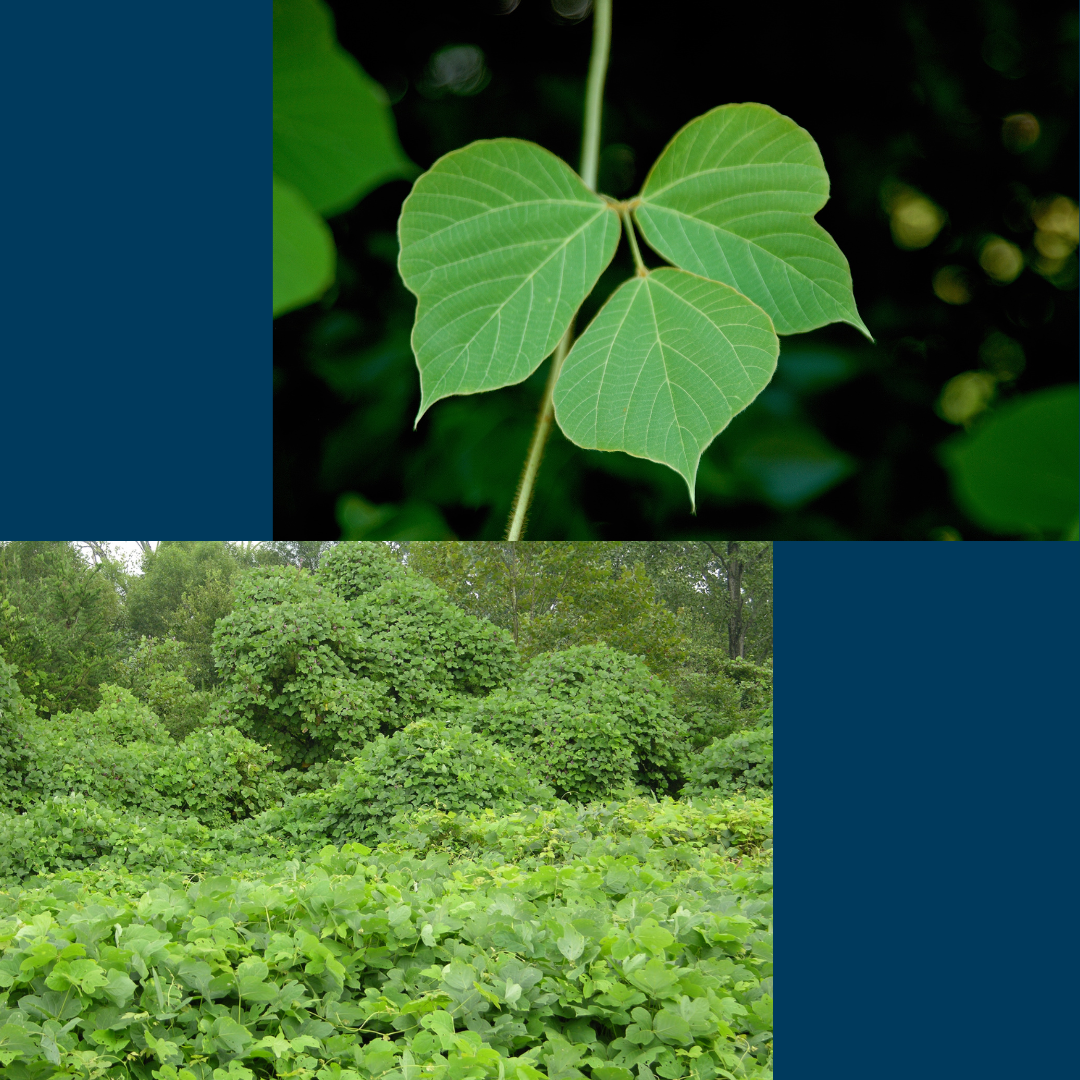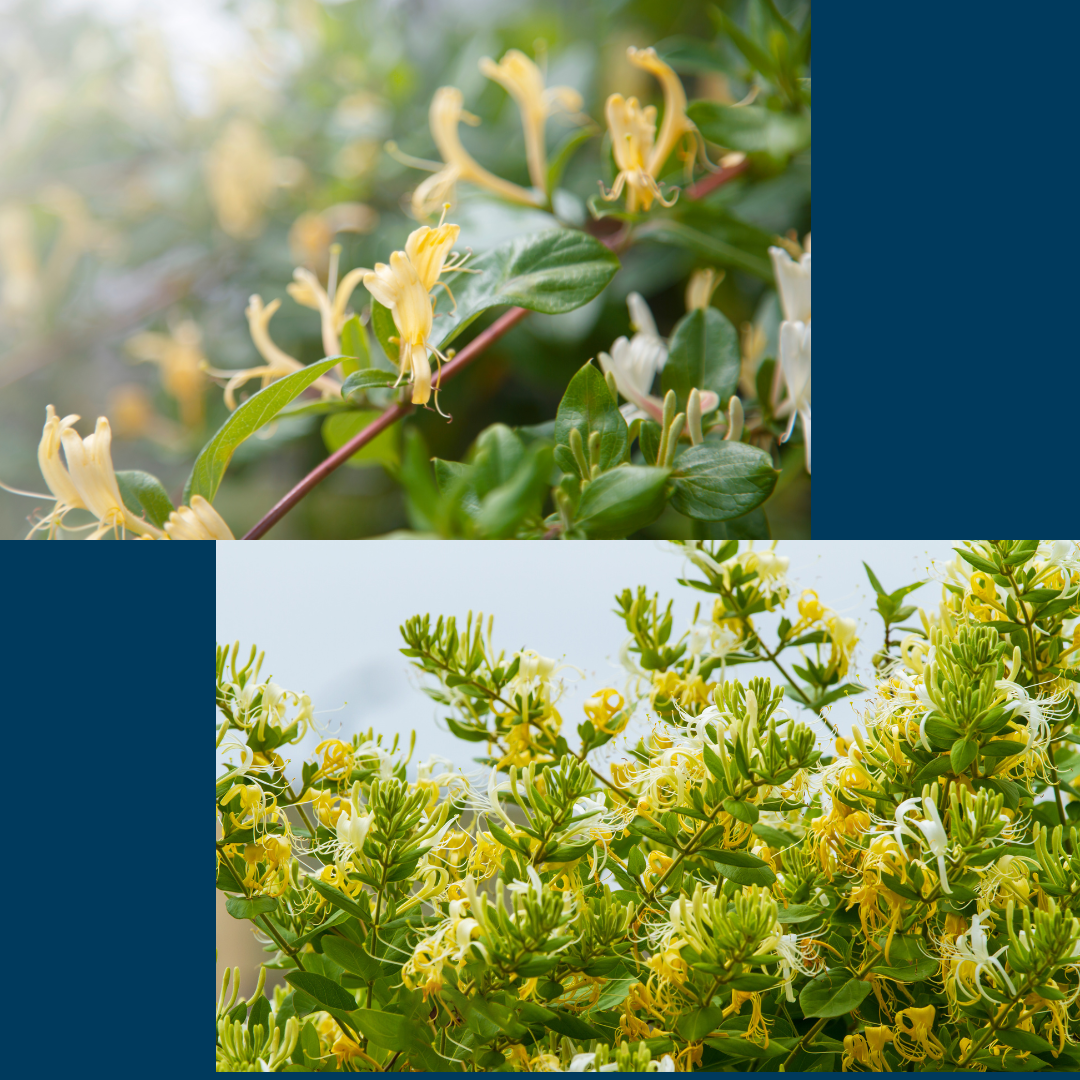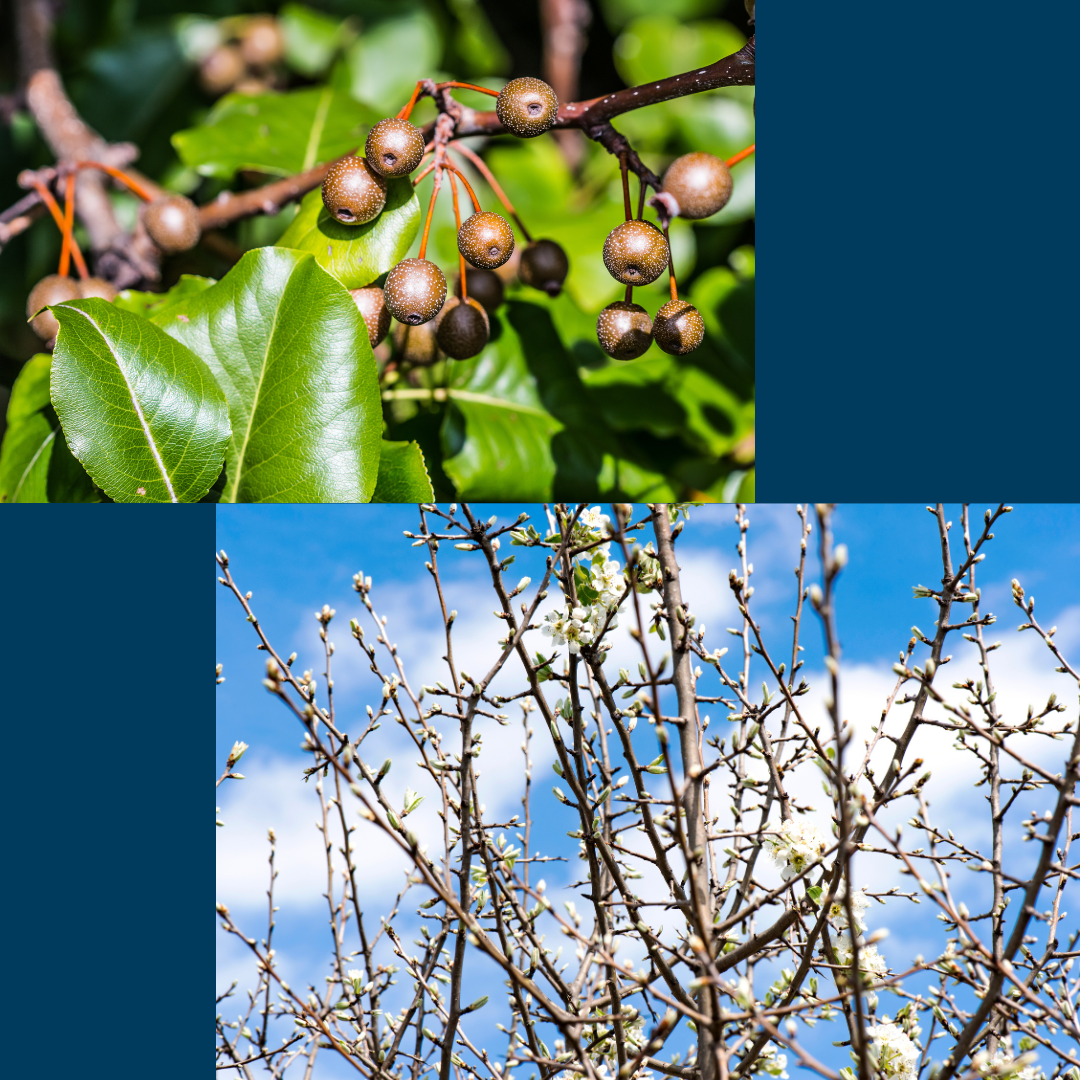Invasive plant species pose a significant threat to North Carolina's ecosystems. These non-native plants can outcompete native flora, reduce biodiversity, and disrupt local habitats. Here are the top five invasive species to watch out for in the Tar Heel State:
Kudzu (Pueraria montana)
Kudzu, often called "the vine that ate the South," is infamous for its rapid growth and ability to smother everything in its path. Originally introduced for erosion control, it now covers millions of acres across the Southeast. Kudzu's dense growth can kill trees and shrubs by blocking sunlight, eventually leading to their death.
English Ivy (Hedera helix)
English Ivy is a popular ornamental plant that has become a pervasive invader. It climbs trees and structures, forming dense mats that can suffocate other vegetation. This ivy also harbors pests and diseases that can harm native plants. Its aggressive growth habit makes it difficult to control once established.
Japanese Honeysuckle (Lonicera japonica)
Japanese Honeysuckle is an attractive vine with fragrant flowers, but it is highly invasive. It spreads rapidly, forming dense thickets that can strangle shrubs and small trees. This vine competes with native plants for light, nutrients, and space, significantly altering natural habitats.
Callery Pear (Pyrus calleryana)
Callery Pear, commonly known for its beautiful spring blossoms, has become an invasive menace. It spreads through seeds dispersed by birds, creating dense thickets that crowd out native plants. The tree’s rapid growth and ability to thrive in various conditions make it particularly troublesome. Its dense canopies block sunlight, inhibiting the growth of understory plants and reducing biodiversity. 
Managing Invasive Species
Controlling invasive species requires vigilance and effort. Here are some tips to manage these problem plants:
Early Detection and Rapid Response: Identify and remove invasive species as soon as they appear in your area.
Mechanical Control: Hand-pull or dig out smaller plants and seedlings. For larger infestations, mowing or cutting can help reduce their spread.
Chemical Control: Use herbicides judiciously, following all label instructions to minimize environmental impact.
Education and Prevention: Learn to recognize invasive species and avoid planting them in your garden.
By understanding and managing these invasive species, we can help protect North Carolina's diverse and beautiful ecosystems.